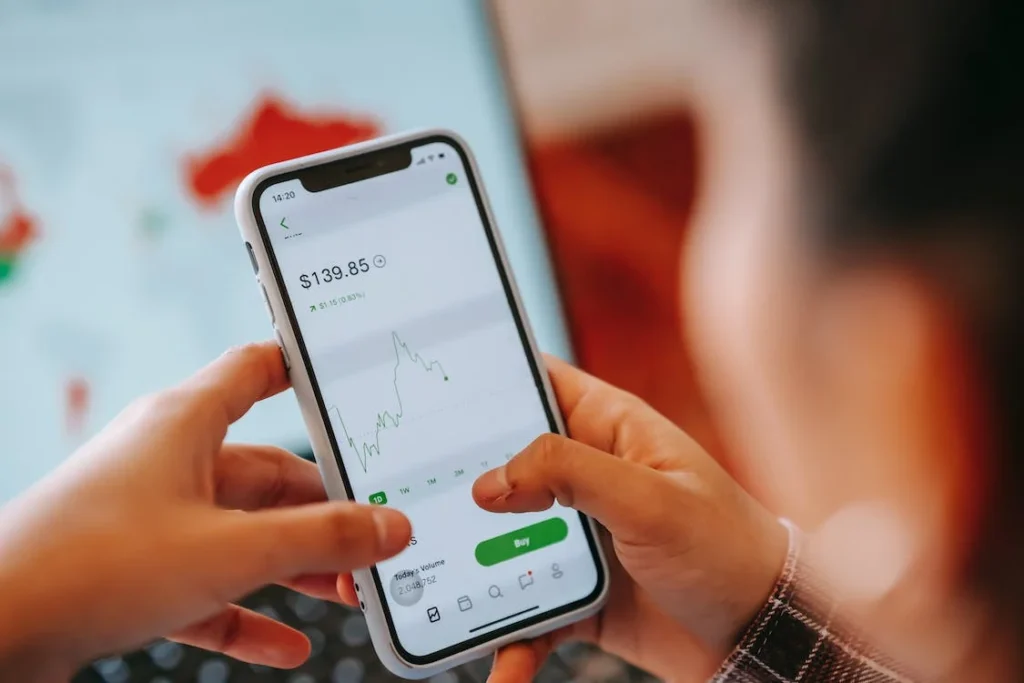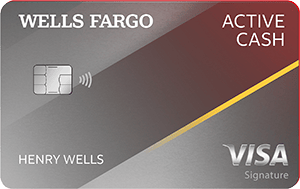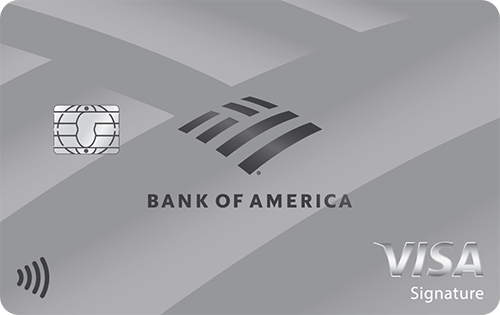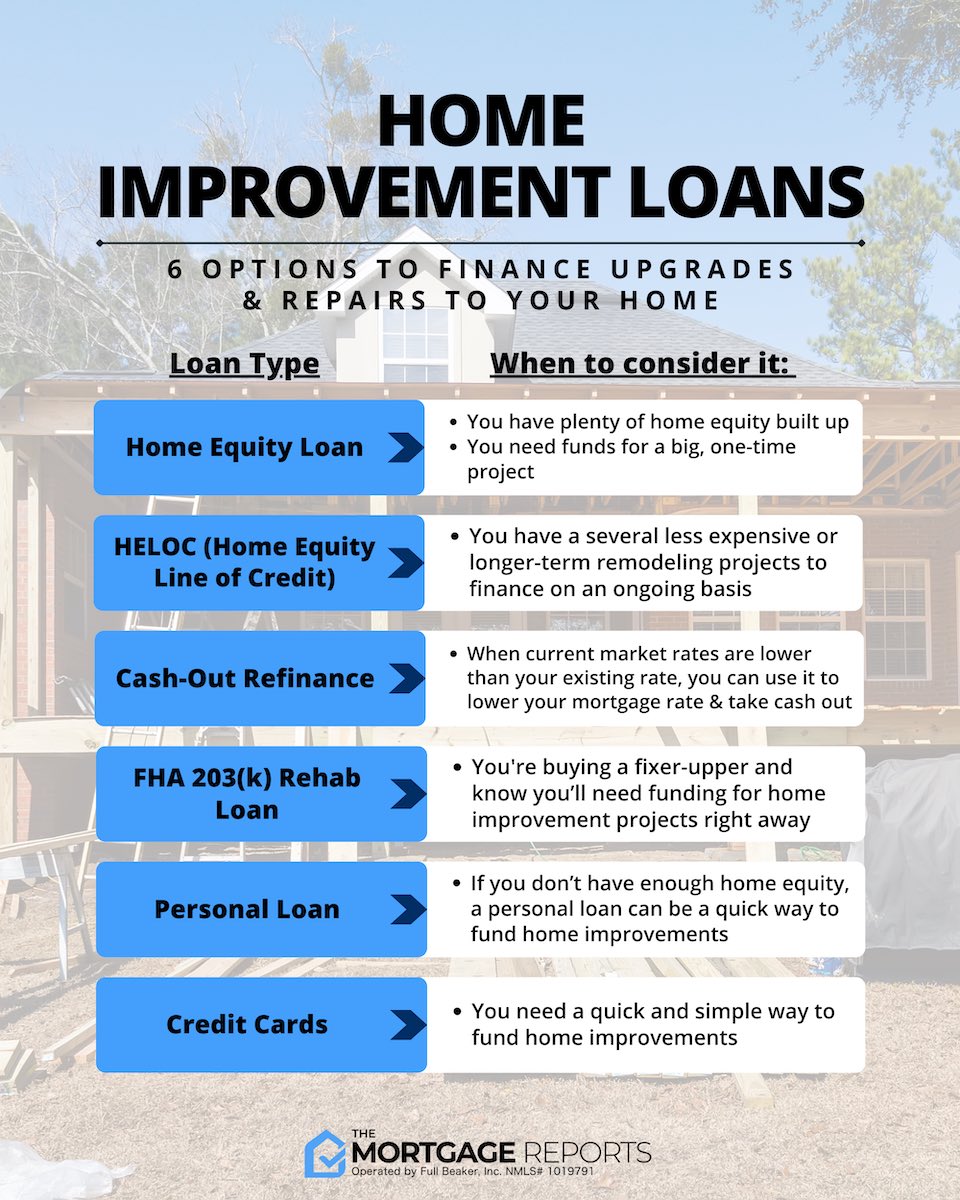How Are Direct Lending And Dealer Financing Similar?
In the world of financing, there are several options available for those in need of funds. Direct lending and dealer financing are two such options that have gained popularity over the years. While these two types of financing may seem vastly different, there are actually several similarities between them.
Direct lending and dealer financing both involve borrowing money to purchase a specific item, such as a car or a home. With direct lending, the borrower works directly with the lender to obtain the funds needed for the purchase. On the other hand, dealer financing involves the dealer acting as a middleman between the borrower and the lender. Despite this difference, both types of financing offer borrowers the opportunity to obtain the funds they need to make their purchase, and both require the borrower to pay back the borrowed amount with interest over time.

Direct Lending vs. Dealer Financing: What’s the Difference?
1. Similarities in Loan Process
When it comes to buying a car, there are two main ways to finance the purchase: direct lending and dealer financing. While the two methods may seem quite different, they share many similarities in the loan process.
Both direct lending and dealer financing involve the borrower applying for a loan, the lender checking creditworthiness and offering an interest rate, and the borrower agreeing to the terms of the loan. The loan is then used to purchase the car, and the borrower makes monthly payments until the loan is repaid.
2. Similarities in Interest Rates
Another similarity between direct lending and dealer financing is that interest rates are based on the borrower’s credit score and history. If the borrower has good credit, they may be offered a lower interest rate than if they have poor credit.
In addition, both direct lenders and dealerships may offer promotional interest rates or incentives to attract borrowers. For example, a dealership may offer 0% financing for a limited time, while a direct lender may offer a lower interest rate for borrowers who set up automatic payments.
3. Similarities in Loan Terms
Loan terms are another area where direct lending and dealer financing are similar. Both types of loans typically have terms ranging from two to seven years, although longer or shorter terms may be available depending on the lender.
Additionally, borrowers can often choose to pay off the loan early without penalty. This can be a good option for borrowers who want to reduce the amount of interest they pay over the life of the loan.
4. Benefits of Direct Lending
While there are many similarities between direct lending and dealer financing, there are also some key differences. One of the main benefits of direct lending is that borrowers can shop around for the best interest rates and terms.
This can be especially beneficial for borrowers with good credit, as they may be able to secure a lower interest rate than they would with dealer financing. In addition, direct lenders often offer pre-approval, which can make the car buying process faster and more streamlined.
5. Benefits of Dealer Financing
On the other hand, one of the main benefits of dealer financing is convenience. Borrowers can apply for financing at the dealership and often drive off the lot with a new car the same day.
In addition, dealerships may be able to offer incentives or other perks to borrowers who finance through them. For example, a dealership may offer a free oil change or discounted maintenance if the borrower finances through their preferred lender.
6. Direct Lending vs. Dealer Financing: Pros and Cons
When deciding between direct lending and dealer financing, there are several factors to consider. As mentioned, direct lending can be a good option for borrowers with good credit who want to shop around for the best rates.
However, direct lending can also be more time-consuming and may require more paperwork than dealer financing. On the other hand, dealer financing is convenient and can be a good option for borrowers who don’t have the time or desire to shop around for financing.
7. Direct Lending vs. Dealer Financing: Which is Right for You?
Ultimately, the decision between direct lending and dealer financing will depend on your individual circumstances and preferences. If you have good credit and want to save money on interest, direct lending may be the best option.
However, if convenience is a top priority and you want to finance through the dealership, dealer financing may be the way to go. It’s important to consider all of your options and shop around for the best rates and terms before making a decision.
8. Direct Lending vs. Dealer Financing: Key Takeaways
To sum up, direct lending and dealer financing are two common ways to finance a car purchase. While they share many similarities in the loan process, there are also some key differences to consider.
Direct lending can be a good option for borrowers with good credit who want to shop around for the best rates, while dealer financing is convenient and can offer incentives or other perks. Ultimately, the decision between the two will depend on your individual circumstances and preferences.
9. Direct Lending vs. Dealer Financing: Pros and Cons Table
| Direct Lending | Dealer Financing |
|---|---|
| Can shop around for best rates | Convenient |
| May require more paperwork | May have higher interest rates |
| Pre-approval available | May offer incentives or perks |
10. Conclusion
In conclusion, both direct lending and dealer financing are viable options for financing a car purchase. While they have their similarities and differences, the most important thing is to shop around for the best rates and terms and choose the option that works best for your individual needs and circumstances.
Frequently Asked Questions
How are direct lending and dealer financing similar?
Direct lending and dealer financing are both options for obtaining financing for a vehicle purchase. With direct lending, the borrower obtains financing directly from a bank or other financial institution. With dealer financing, the borrower obtains financing through the dealership. Both options involve the borrower receiving a loan to purchase a vehicle, and the borrower must make regular payments to pay off the loan.
Additionally, both direct lending and dealer financing involve interest charges and fees. The interest rate and fees may vary depending on the borrower’s creditworthiness, the amount of the loan, and other factors. Borrowers should compare rates and fees from multiple lenders to determine which option is best for their needs.
What are the benefits of direct lending?
Direct lending offers several benefits over dealer financing. One of the main benefits is that borrowers can often secure a lower interest rate with direct lending. This is because borrowers are working directly with a financial institution, which may offer more competitive rates than a dealership. In addition, borrowers can shop around to compare rates and terms from multiple lenders.
Another benefit of direct lending is that borrowers have more control over the financing process. Borrowers can choose the lender and loan terms that best meet their needs, rather than relying on the dealership to find financing for them. This can help borrowers feel more confident in their financing decisions.
What are the benefits of dealer financing?
Dealer financing also offers several benefits over direct lending. One of the main benefits is convenience. Borrowers can obtain financing through the dealership at the same time they purchase the vehicle, which can save time and simplify the financing process. In addition, some dealerships may offer promotional financing rates or other incentives to encourage borrowers to finance through them.
Another benefit of dealer financing is that it may be easier to obtain for borrowers with less-than-perfect credit. Dealerships often work with multiple lenders and may be able to find financing options for borrowers who have been turned down by other lenders. However, borrowers should be aware that dealer financing may come with higher interest rates and fees than direct lending.
Which option is best for me?
The best financing option for you will depend on your individual needs and circumstances. If you have good credit and want to secure the lowest possible interest rate, direct lending may be the best choice. If you value convenience and want to finance through the dealership, dealer financing may be the way to go. If you have less-than-perfect credit and are having difficulty securing financing, dealer financing may be the better option.
Regardless of which option you choose, it is important to shop around and compare rates and terms from multiple lenders. This will help you find the best financing option for your needs and budget.
Can I switch from dealer financing to direct lending?
Yes, it is possible to refinance your vehicle loan and switch from dealer financing to direct lending. Refinancing involves obtaining a new loan to pay off your existing loan. This can be a good option if you want to lower your interest rate or monthly payments, or if you want to switch from a variable-rate loan to a fixed-rate loan. However, it is important to shop around and compare rates and fees from multiple lenders before refinancing.
Keep in mind that refinancing may come with fees and may extend the length of your loan, which could result in paying more interest over time. Be sure to weigh the pros and cons before deciding to refinance your vehicle loan.
:max_bytes(150000):strip_icc()/dotdash-090915-mortgage-broker-vs-direct-lenders-which-best-Final-c7e52f06ff4f41bca0744429ee1838e3.jpg)
What is a Direct Lender? (private/hard money)
In today’s world, the options for financing a car are numerous, and this can be overwhelming for consumers. Two of the most popular options are direct lending and dealer financing. While they may seem vastly different, they share some similarities that are worth exploring.
Both direct lending and dealer financing involve borrowing money to purchase a vehicle. They both require a credit check and interest payments, and they both have pros and cons. However, the main difference is the source of the loan. Direct lending comes from a financial institution like a bank or credit union, while dealer financing comes from the dealership itself. Despite this difference, both options can provide the necessary funds for consumers to purchase their dream car. In conclusion, whether choosing direct lending or dealer financing, it is important to do proper research to determine which option is best suited for individual needs and circumstances. By understanding the similarities and differences between these financing options, consumers can make an informed decision and drive off in their new car with confidence.







